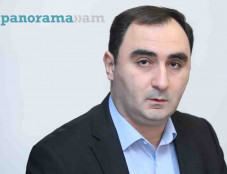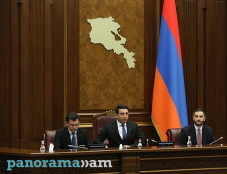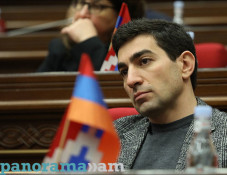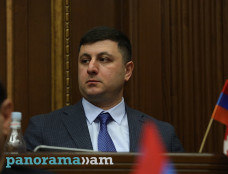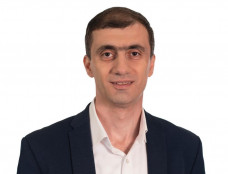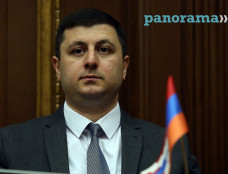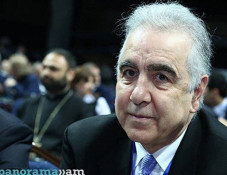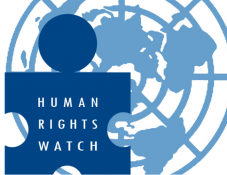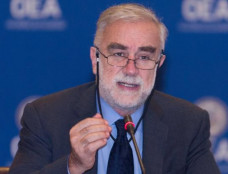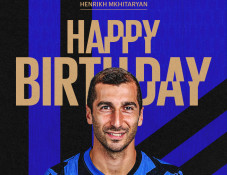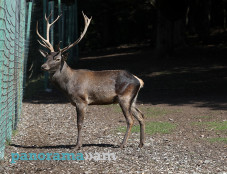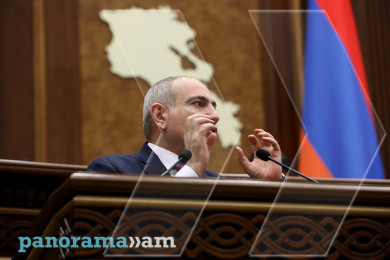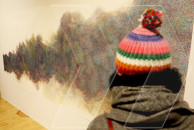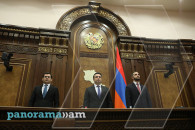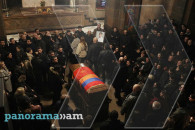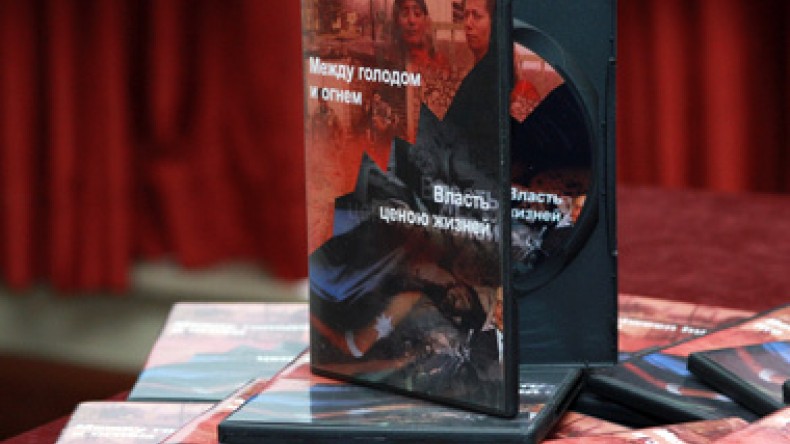
A new documentary on Khojaly issue and Nagorno Karabakh liberation war: more than 210.000 viewers and counting
“Between hunger and fire. Power at the expense of lives” -- This is a new, two-series English-language documentary that tells about the blockade of Stepanakert – capital of Nagorno Karabakh Republic – in between November 1991 and February 1992. The film uncovers a story of bombardments, country-wide destructions and atrocity crimes against local Armenian population, as well as maneuvers of Karabakh Self-Defense forces to calm down the heavy-artillery fire from around the surrounding hills of the capital, foremost stationed in Khojaly town.
The 90-minute, two-part documentary, released on YouTube (http://www.youtube.com/watch?v=Gxc7jdIasQg), gathered around 210.000 viewers in around a week, and counting.
The documentary was originally released in Russian in February 2012 (http://www.youtube.com/watch?v=kvzfp9nb-VU), and attracted considerable attention and interest in Armenia and beyond. The “Moscow” cinema of Yerevan, various local universities hosted public screenings, discussions and lectures on the film. The documentary, part of larger endeavours, has been initiated by the Information and Public Relations Centre of the Administration of the President of Armenia.
A heavyweight against the anti-Armenian propaganda and policy of racism, sponsored by Azerbaijani government and affiliated funds, the documentary is available in English either – for the wider international community to have a wider perspective on the Khojaly events and the Karabakh liberation war at all.
It is noteworthy that the European Court of Human Rights (ECHR) has ruled in Fatulayev v. Azerbaijan case (2010), that freedom of speech, pluralism and tolerance are essential values for an eventual democratic governance in Azerbaijan, which it aspires to have -- to the contrary of human rights watchdog annual reports.
“Moreover, the Court notes that it is an integral part of freedom of expression to seek historical truth… For example, there are conflicting views as to whether a safe escape corridor was provided to the civilians fleeing their town…” (para 87).
First-time ever published archival documents, testimonies, photographs, maps and interviews recollect the developments of those days of war in February 1992, offering new evidences and challenging facts against the anti-Armenian and racist propaganda of hatred and xenophobia, championed by Azerbaijan and its government affiliated funds, which had been presenting ‘Khojaly events’ in a carefully ‘doctored’ and ‘tailored’ way so far.
The film is considered for an audience of 18 and over only, as it contains detailed violence content and uncovered photographs that may cause mental unrest.
Newsfeed
Videos





